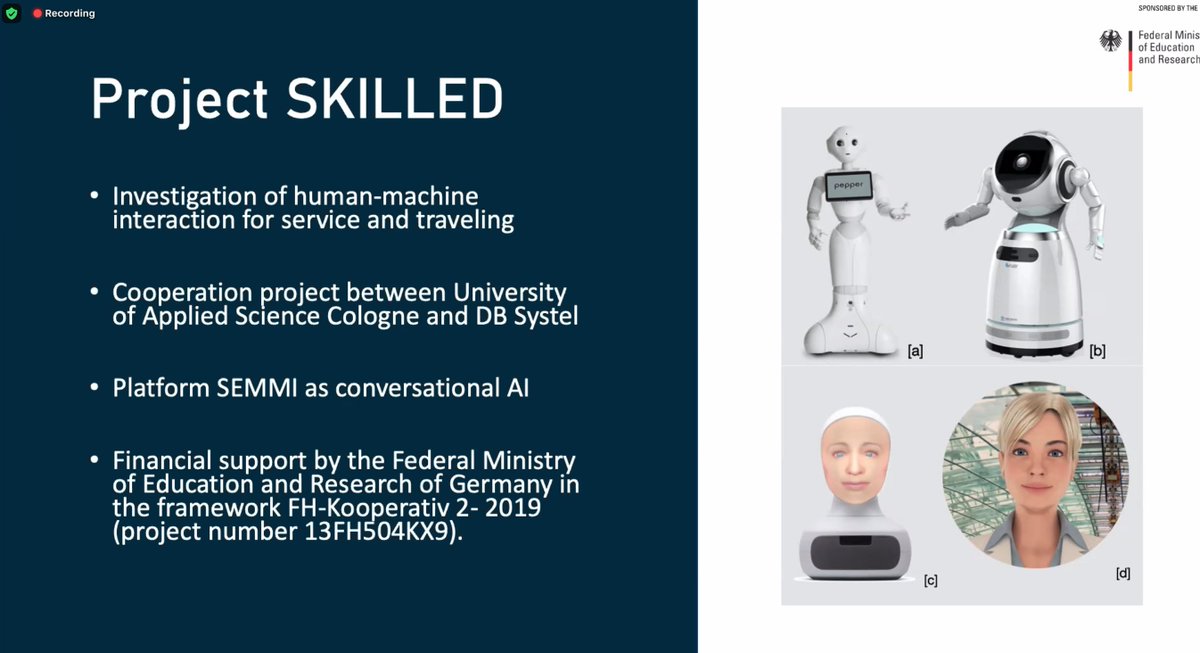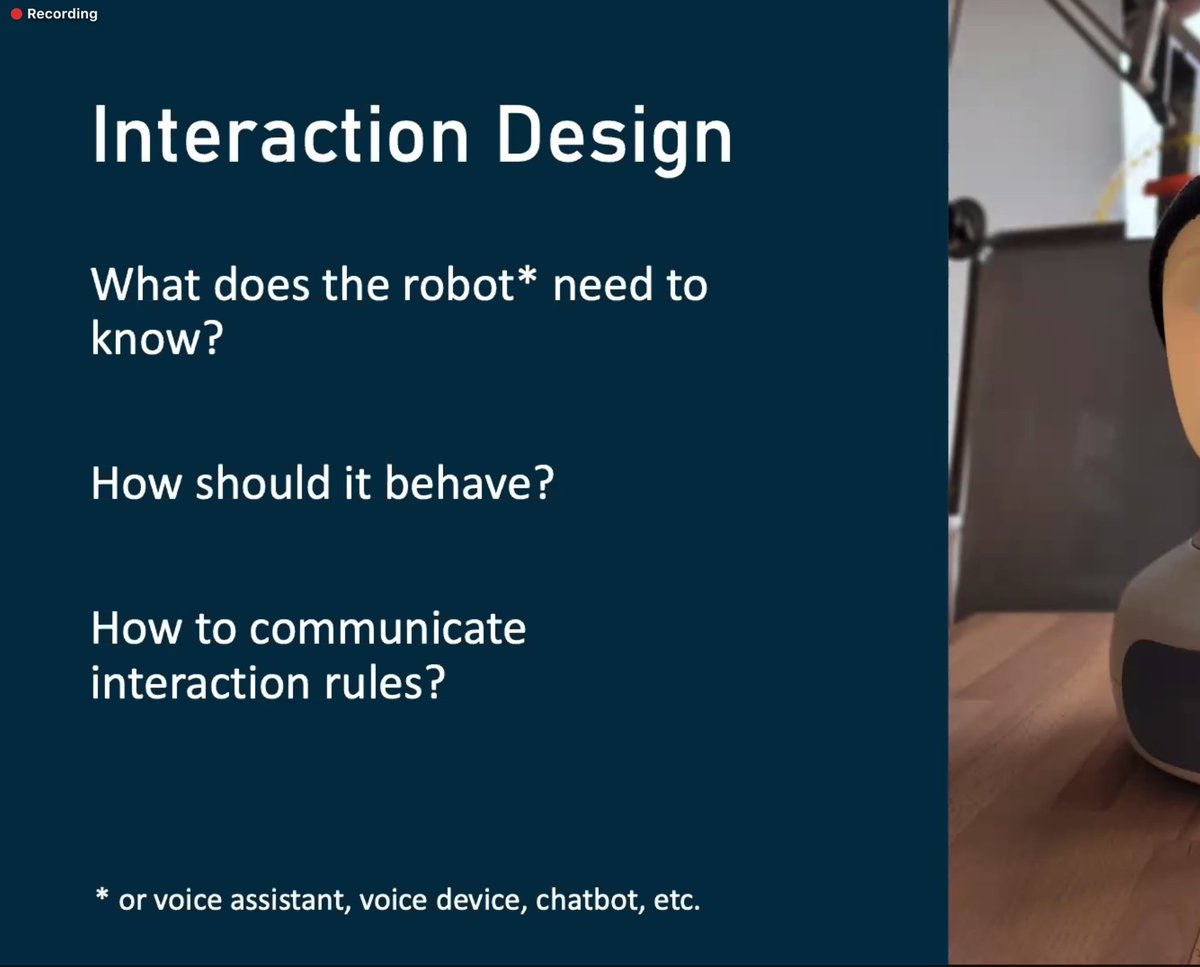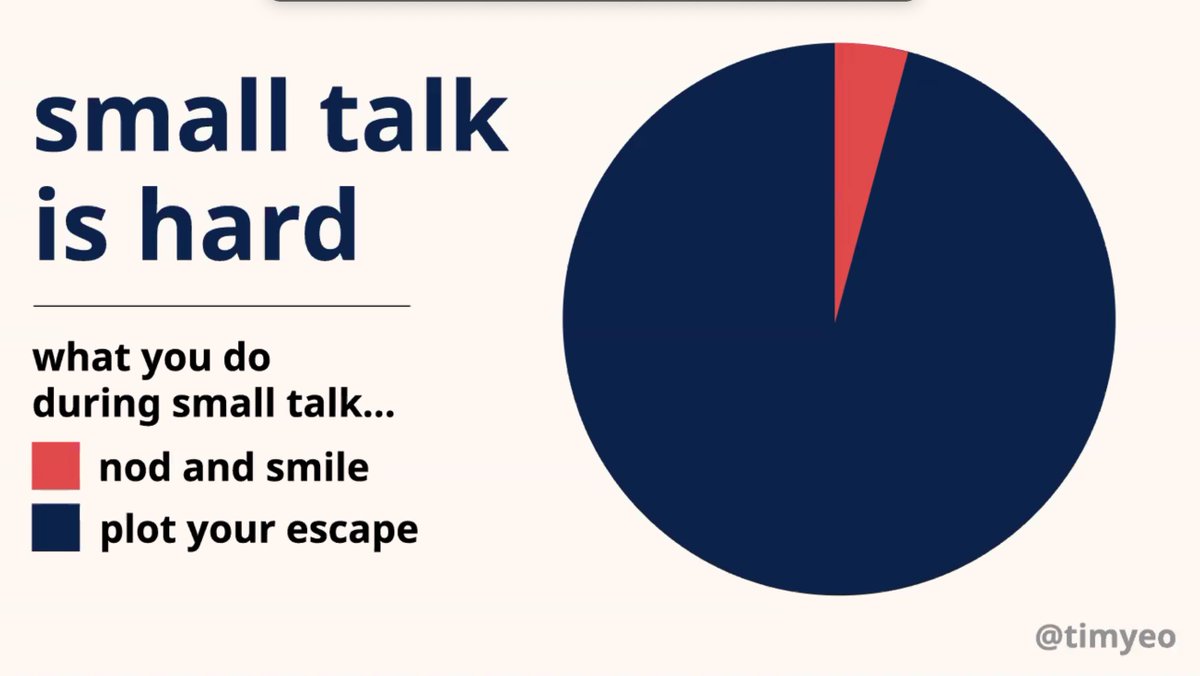
The next speaker is Lydia Penkhert
— Designing for everyone? Voice Interaction in public spaces
#uxa2022
— Designing for everyone? Voice Interaction in public spaces
#uxa2022
Lydia joins us from Germany where it's currently 2am :D
Lydia will give us some insight into the process behind designing a voice interaction, based on project SKILLED. 

Lydia was part of a team where a conversational AI was able to answer service related queries and exhibition knowledge for a museum — and most importantly, small talk, where visitors were very inquisitive about many aspects of the robot.
The biggest challenge is the context — public spaces.
Data noise
Data privacy
User acceptance of technology
Changing and diverse users
Data noise
Data privacy
User acceptance of technology
Changing and diverse users
Here's a family group, immediately showcasing how complex the different perspectives you need to think about.
What they started doing was looking at what customer data they had, to help defining different groups.
Age became a core group of people because it was common

What they started doing was looking at what customer data they had, to help defining different groups.
Age became a core group of people because it was common


After selecting adults as the first user group to explore, they then defined the interaction design questions they would answer for this and all other groups.
What does the robot need to know?
How should it behave?
How to communicate interaction rules?
What does the robot need to know?
How should it behave?
How to communicate interaction rules?

For the knowledge, they started with field observations and hearing the topics of conversations and questions the customers repeatedly ask. 

The next version of the iteration is making a virtual agent, and how the embodiment of a voice interface impacts it's effectiveness. 

Public spaces are highly relevant for inclusion
Plan inclusively, observe and iterate
Design for everyone in the space
Plan inclusively, observe and iterate
Design for everyone in the space
Q&A
Q: When there are multiple participants, how do they know who's being listened to?
A: We're exploring a light to identify the direction of the person they're speaking to, and indicating they've heard another person and will get to them next.
Q: When there are multiple participants, how do they know who's being listened to?
A: We're exploring a light to identify the direction of the person they're speaking to, and indicating they've heard another person and will get to them next.
@threadreaderapp unroll please
• • •
Missing some Tweet in this thread? You can try to
force a refresh















